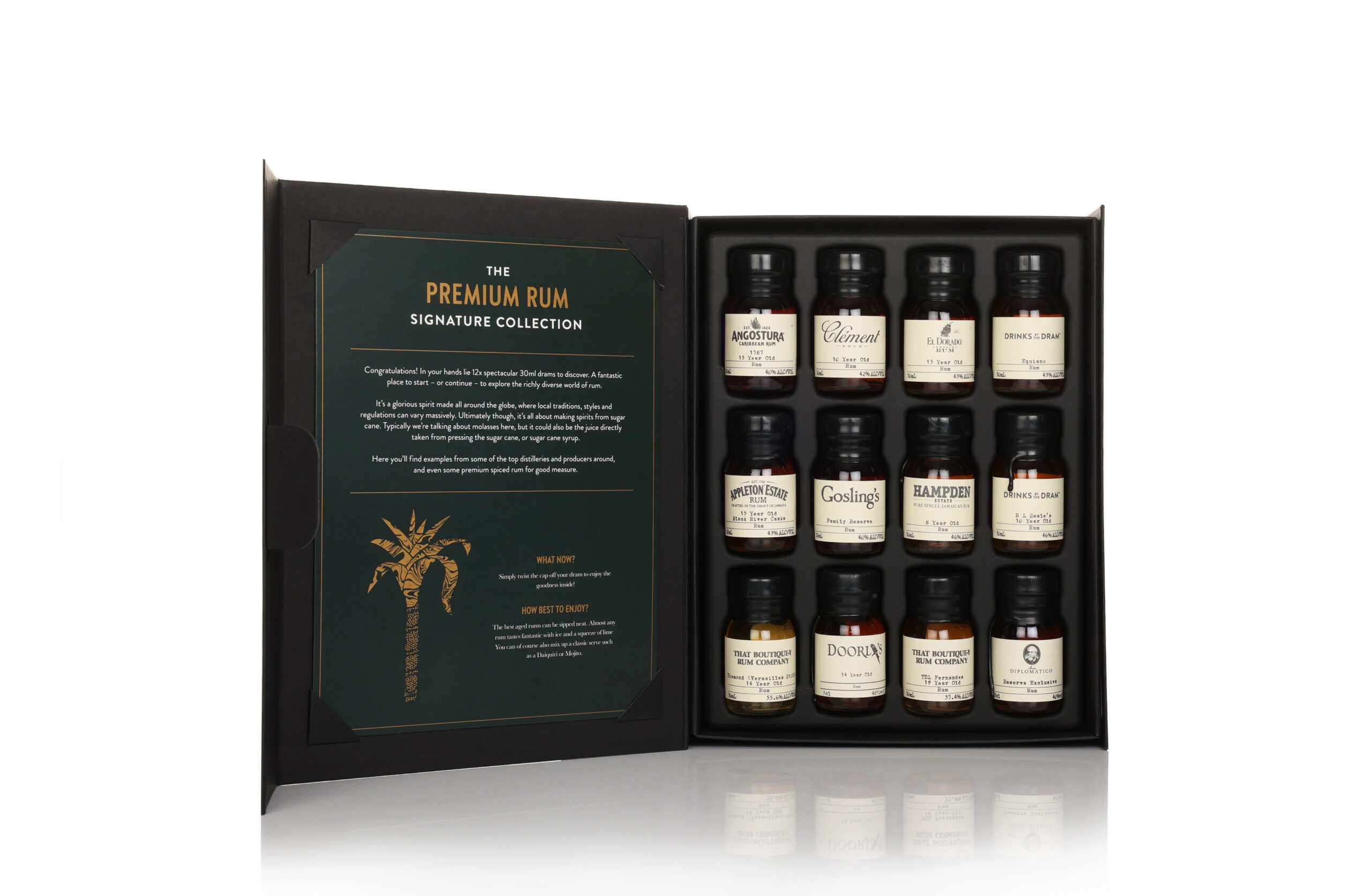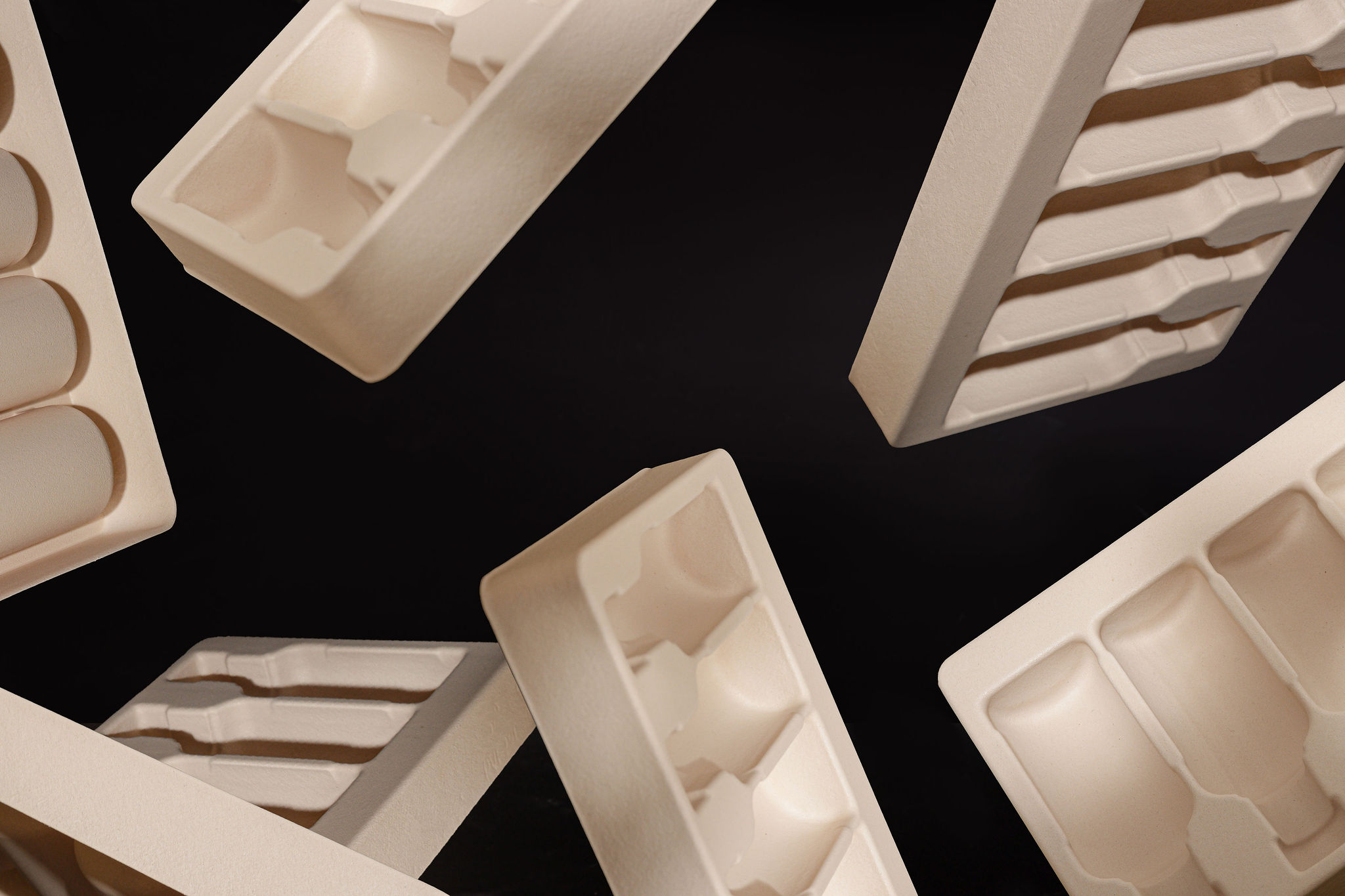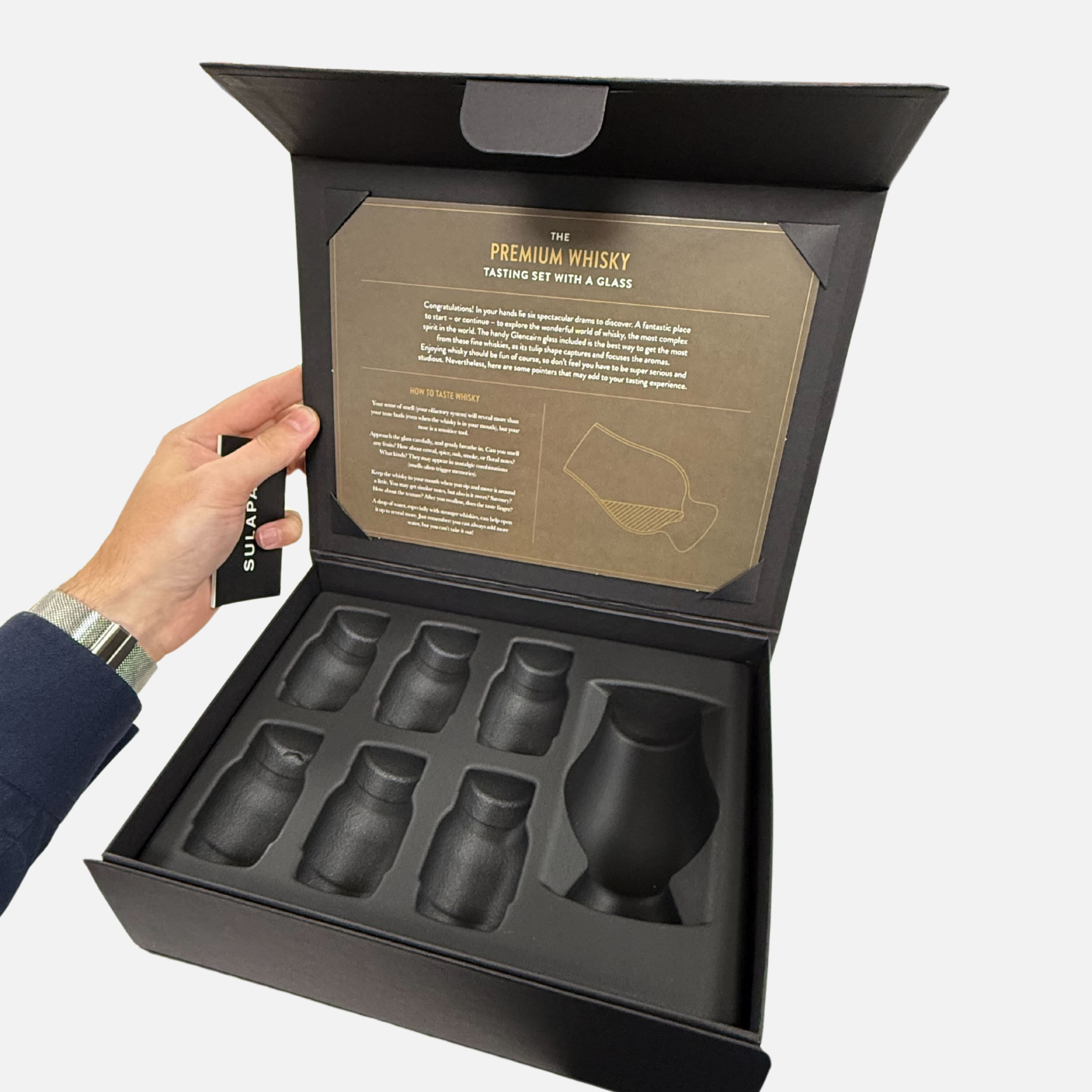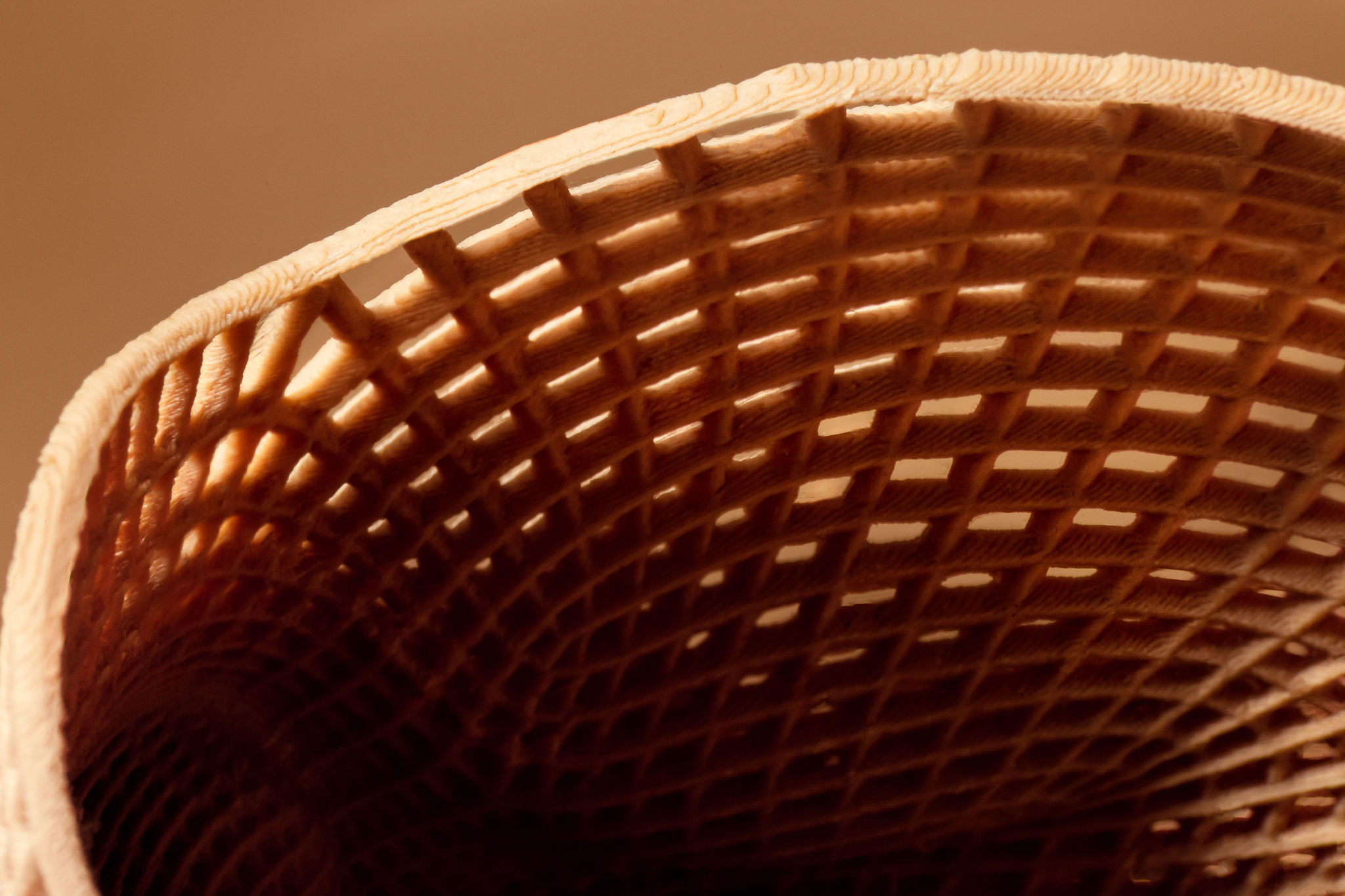Sustainable season’s greetings: Advent calendars, gift sets and seasonal retail displays made with bio-based materials
The holiday season is the most magical time of the year. It means festive lights, shared traditions and shelves filled with advent calendars and gift sets that brighten the darkest weeks of winter. Unfortunately, the season also comes with a significant rise in packaging waste, especially from products designed for a very short lifespan. Sustainable thermoforming offers brands a simple and effective way to reduce the environmental footprint of seasonal packaging.

How seasonal packaging affects the environment
Thoughtful consumption and non-material gifts have gained popularity in recent years, but seasonal products still play a part in how people celebrate. Holiday spending remains high around the world.
According to the National Retail Federation’s annual survey, consumers in the United States plan to spend 890.49 dollars per person this year on holiday gifts, food, decorations and other seasonal items. This is the second highest amount in the survey’s 23-year history.
Gift sets, advent calendars and limited-edition collections make up a large share of the gifts given and received. The challenge is what happens once the celebrations are over: most of the gift packaging goes straight to waste. In the UK alone, an estimated 114,000 tonnes of plastic packaging is discarded during the holiday season.
Although much of the seasonal packaging is technically recyclable, very little plastic actually ends up recycled. In Europe, several recycling plants have recently closed due to poor profitability and cheaper imports of recycled plastics from outside the EU, and the affordability of virgin plastic. Industry forecasts indicate that by the end of 2025, Europe may have lost close to one million tonnes of recycling capacity since 2023. Despite this, conventional plastics are still widely used, often under the assumption that they will be recycled.
Seasonal collections and the challenge of multi-material packaging
For many companies, the final quarter of the year brings a significant share of annual sales. Gift sets and other seasonal collections also shape how consumers experience the brand during the busiest shopping period of the year.
Seasonal packaging often consists of multiple layers and materials. A cardboard exterior typically hides a plastic insert, and the main material may have an additional decorative layer or coating. Once the product has been used, consumers rarely separate these components, so the entire package typically ends up in mixed waste.
Since many seasonal gift boxes include thermoformed plastic inserts, the material used for thermoforming has a direct impact on the overall sustainability of the packaging.

The limitations of cardboard and molded pulp
Cardboard and molded pulp are often considered sustainable alternatives to thermoformed plastic inserts, but they are not always ideal for seasonal products. Cardboard structures can be slow to produce, as they require several folding steps that add time and cost to a product that is only sold for a short period.
Seasonal gift sets also tend to include small items in different shapes and sizes, and keeping them securely in place can be challenging. Cardboard and pulp-based inserts lose their shape easily, so items cannot be clicked in and out repeatedly.
Molded pulp can also release small fibres that attach to cosmetic bottles and other smooth surfaces. It creates a dusty look that undermines the premium experience many brands aim to deliver with their seasonal gift sets.

Sulapac Flow 1.7 – the ideal sustainable thermoforming material for seasonal packaging
Seasonal packaging requires inserts that look premium and are fast to produce. Sulapac Flow 1.7 delivers both while reducing reliance on fossil-based plastics.
- Renewable content: Made from upcycled wood flour and biodegradable polymers.
- Easy and fast adoption: Can be taken into use quickly and runs on the same thermoforming equipment as conventional plastics.
- Elastic memory: Holds its shape well, allowing products to be clicked in and out of the insert multiple times.
- Clean, premium appearance: Does not release fibres or dust and maintains its premium look, unlike cardboard.
- No flocking needed: Has a naturally high-quality finish that removes the need for flocking and the additional materials it requires.
- Design flexibility: Can be coloured in brand colours, and decorative details can also be engraved directly into the mould.
- Suitable for fast seasonal cycles: A cost-efficient solution for tight timelines and annually changing designs.

Better material choices for seasonal displays and point-of-sale decorations
In addition to seasonal products, stores and brands build a wide range of temporary decorations and point-of-sale elements for the holiday season. Many of these are still made from fossil-based plastic and disposed of once the season is over.
Sulapac Flow 1.7 works in 3D printing, which allows creating customised decorations, displays and small in-store installations with a significantly lower environmental footprint.
It is also one of the few sustainable materials compatible with sublimation printing, a technique used to create graphics on rigid or textile materials. Instead of printing on the surface, sublimation embeds the colour in the material. The result is bright colours, a high-quality finish and prints that are less prone to scratching. The process is based on heat and pressure and requires no additional chemical treatments. Sulapac Flow 1.7 offers the signage and display industry a sustainable way to create visually striking seasonal elements.

Turn seasonal packaging into a sustainability statement
The holiday season brings packaging to centre stage. When the shelves are filled with short-lived gift sets, sustainable materials naturally stand out and send a clear message about wanting to reduce unnecessary waste.
But the message only lands if it’s communicated. By making sustainability visible and sharing the reasons behind their material choices, brands can create a stronger emotional connection and attract the most influential consumer group of the future.
So why not bring that story into your holiday campaign and help customers understand the difference sustainable seasonal packaging can make?
If you’re ready to make your next seasonal collection a little more magical and a lot more sustainable, let’s talk.
Sulapac Ltd is an award-winning material innovation company addressing the global plastic crisis. By replacing conventional plastic with sustainable, beautiful, and functional Sulapac materials, companies can reduce their carbon footprint, eliminate microplastic pollution, and advance the bio-economy. Founded by three scientists in 2016, the Helsinki-based company serves customers across various industries on three continents. Investors behind Sulapac®, the patented material innovation, include CHANEL and Lifeline Ventures.